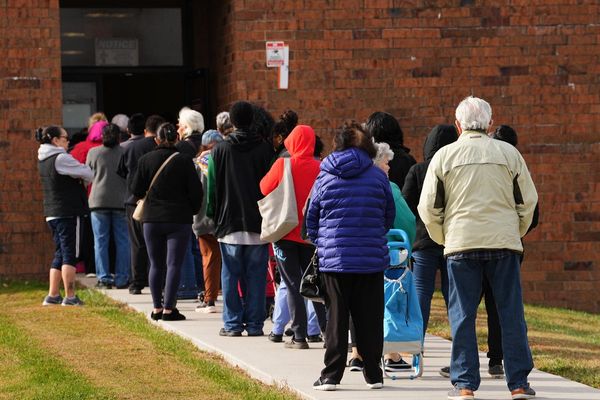
Jacqueline Bublitz’s first novel, Before You Knew My Name, was praised for the way it used the trappings of crime fiction to explore feminism and female resilience against the onslaught of male violence. In her second novel, she takes another run at similar themes; the result is a complex and sometimes confronting read.
We meet Ruth, our protagonist, on the day a young girl goes missing from her home town. The disappearance triggers old traumas in Ruth – when she was a child, her best friend, Beth, was kidnapped and murdered in the same town.
Ruth has long suspected that Beth’s killer was responsible for the disappearance and deaths of several other girls – an obsession that manifests quite literally: she sees (and talks with) their ghosts. Even though Beth’s killer was convicted years earlier and has since died in prison, Ruth is convinced there’s a pattern of behaviour that connects him to the latest missing girl.
So, under the guise of a true crime podcast, she seeks out three women she believes might have been groomed to play a part in the disappearance of the girls. These women are connected by a remarkable, horrible coincidence – they all knew Beth’s killer, and each of them went on to marry a serial killer.
If it sounds implausible and overly complicated, in some ways it is. The first chapters in particular are hard to grasp, the number of seemingly disparate clues, victims and suspects overwhelming. In her attempt to speak to the way that so many women are made victims through the actions of a single man, Bublitz has set herself (and the reader) an almost impossible challenge.
Without the tidy constraints of a more conventional procedural, Ruth’s investigation is messy and subjective, and Bublitz further undermines the reader’s confidence in Ruth’s abilities with mentions of a breakdown some years earlier, when a similarly self-directed investigation had threatened to take over her life.
But as the book settles into itself, this chaos comes together to highlight two of the novel’s key themes: the messy and unpredictable ways that childhood trauma expresses itself in adults; and the serious failures of the justice system, which too often (as Bublitz describes in the novel) ignores coincidences and downplays the lived experiences of women, or writes them off entirely.
Bublitz does well to show trauma as nuanced and nonlinear, and the way she reveals the hold Ruth’s past has over her present is powerful, with addiction being used as a metaphor to evoke empathy and understanding.
Ruth is beautifully written – sharp, distrustful and unrelenting; not qualities that you’d look for in a friend perhaps, but ones that make for a compelling character. She defies easy labelling, forcing the reader to see her as more than just another victim, and Bublitz directs the reader to bring this mindset to all of the women in the novel.
A couple of things undermine the politics of the novel, however. The first is the string of uncanny coincidences that seemingly validate Ruth’s initial thesis that the murders and kidnappings are connected to a single man (while ultimately functioning as a kind of red herring for Ruth and the reader).
While complex plotting and misdirection are par for the course in the crime genre, Bublitz undercuts the more nuanced sociopolitical critique of her novel by leaning into the reductive thesis of the singular “bad apple” male perpetrator.
The author similarly undermines her own politics with a scene in which Ruth, trapped with a man in his apartment, is able to escape his attack simply by saying a firm no – as if this is ever enough to convince someone not to hurt a woman or a child.
Moments such as these work against Bublitz’s otherwise clear critique of a global failure to protect girls and women from the epidemic of male violence.
The novel is full of incisive one-liners and powerful moments. When Ruth describes Melbourne as a city full of dead girls “reeling from its failures to protect them”, or reflects on the US as a country where people’s “attention spans contract” to reflect the 24-hour news cycle, Bublitz is razor-sharp. When Ruth reflects on “how little it takes to subdue a girl”, or when one of Ruth’s suspects retorts that “we ask a lot of young women, don’t we?”, the writing is powerful and clear. If moments like these were given a bit more space, the central themes of the novel would shine far more consistently.
It’s clear that Bublitz is being ambitious in this novel, writing the kind of crime fiction that grapples with the complex realities and failures of society rather than settling for the escapist comforts found in much of the genre – and placing great faith in the reader to keep up with everything she’s throwing at them.
She succeeds in many ways; her narrative is gripping and smart. But while Leave the Girls Behind asks important questions about the way that missing girls are forgotten, ignored, abused, it is – like its protagonist – imperfect, at times buried beneath its own complexity.
Leave the Girls Behind by Jacqueline Bublitz is out through Allen & Unwin ($34.99)







